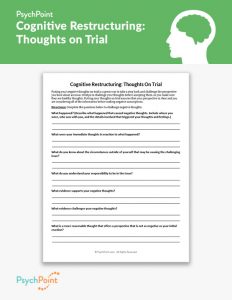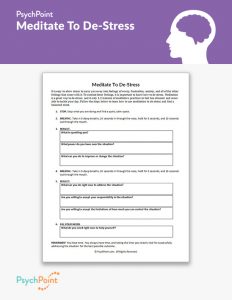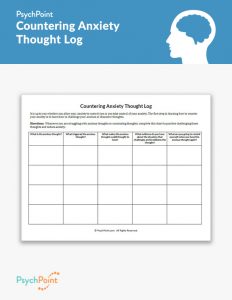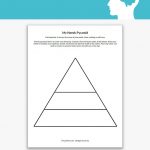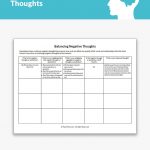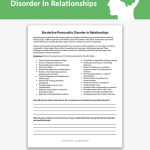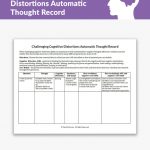Daily Mood Journal Worksheet
Worksheet published on December 1st, 2022
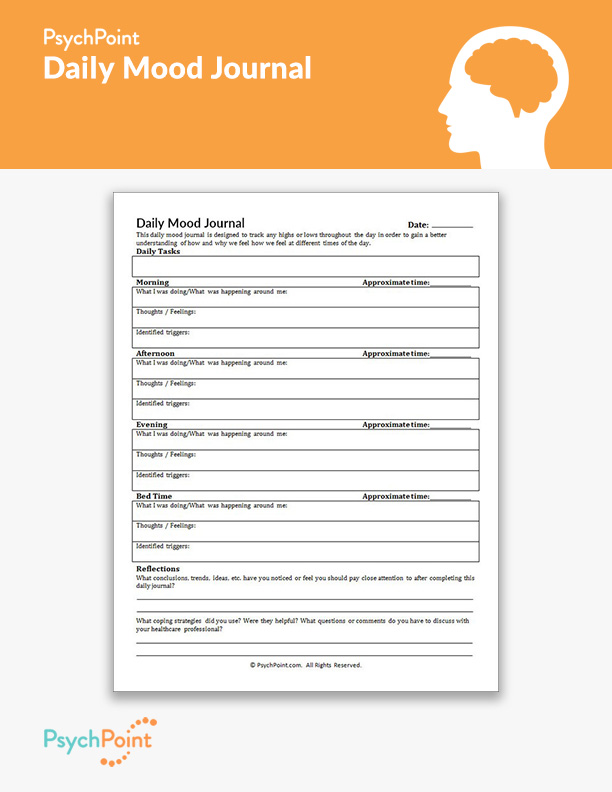
A person’s mood can fluctuate when they are struggling with mental health issues. Some days are easier than others, and patterns of dealing with harder days can affect a person’s progress in therapy.
Clients often have a pattern of how their mood affects them. Throughout the day there are certain triggers based on responsibilities, encounters, etc. that may cause their mood to fluctuate.
Awareness of when and where they are likely to encounter a trigger helps a client prepare for possible mood swings. It also helps with reinforcing healthy coping strategies to use to manage the trigger. Of course, we cannot always predict when a client will encounter a trigger, but sometimes it helps to learn about and be prepared for those patterns that cause mood changes.
About This Worksheet
This is the Daily Mood Journal worksheet. This worksheet breaks down a person’s day into morning, afternoon, evening, and nighttime occurrences. It gives a client a method of tracking their mood and identifying any factors or issues influencing their mood.
The Daily Mood Journal worksheet also helps with creating an emotional blueprint to help identify patterns in the way they react to certain places, people, or situations.
Adolescents and adults can benefit from using this worksheet to track their mood changes each day. It is best utilized with clients who are participating in individual sessions.
Instructions
This worksheet is to be used as a homework assignment that is completed in between counseling sessions. For each part of the day, the client is asked to record their feelings and any factors that may be affecting their mood. This helps them keep a record of any external factors or emotional challenges that may be influencing their mood.
Instruct the client to complete the reflection questions on the worksheet throughout the day. You may instruct the client to use the worksheet on specific days or provide them with multiple copies to complete throughout the week.
During the following session, review what the client has completed with them and reflect on patterns you or the client have identified and useful coping skills to develop and use to cope with mood changes.

